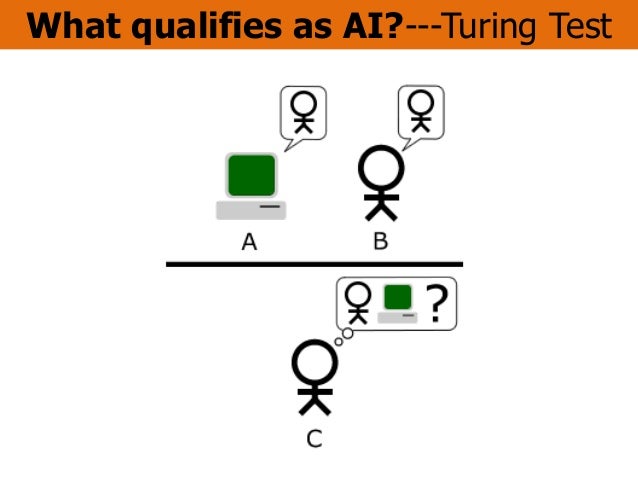


In 1972, PARRY, a chatbot modeling the behavior of a paranoid schizophrenic, used a similar approach to that of ELIZA. However, ELIZA was an easy target if trying to intentionally ask questions that are likely to make a computer slip up. That’s why ELIZA could fool some humans and claimed to be one of the programs to pass the Turing test. If ELIZA couldn’t find a keyword in a user’s text, it would provide a “non-directional” response containing a keyword earlier in the conversation. Its script pretended to be a Rogerian psychotherapist that gave “non-directional” responses. In 1966, Joseph Weizenbaum (computer scientist and MIT professor) created ELIZA, a program that looked for specific keywords in typed comments to transform them into sentences. Join the Partisia Blockchain Hackathon, design the future, gain new skills, and win!


 0 kommentar(er)
0 kommentar(er)
